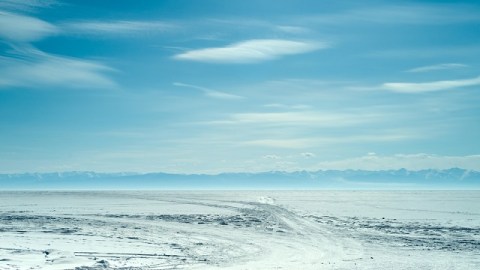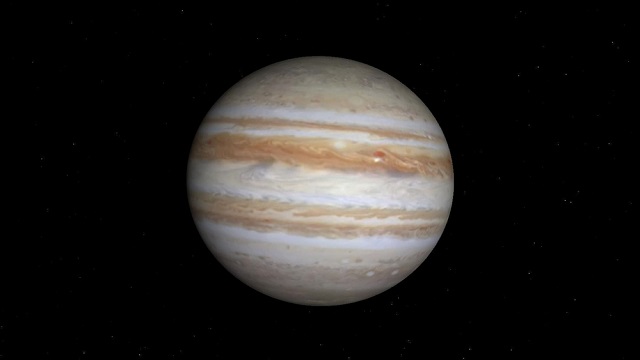Largest Subglacial Antarctic Lake May Harbor Life After All

What’s the Latest Development?
A new study recently published in PLoS ONE supplies proof that life exists in Antarctica’s Lake Vostok, which has spent the last 15 million years buried under two miles of ice. Bowling Green State University biologist Scott Rogers and his team identified over 3,500 unique genetic sequences in ice core samples, and were able to name the genus and/or species of more than 1,600. Most of those were bacteria, and some were typical of those commonly found in larger marine animals’ digestive systems. No definitive sign of such animals has been found…yet.
What’s the Big Idea?
Lake Vostok is the world’s largest subglacial lake discovered to date, and is also the seventh-largest lake by volume. For years, the assumption was that it was devoid of life, due to a combination of temperatures, water pressure, lack of sunlight, and limited nutrients. However, before it became sealed in ice, Antarctica was surrounded by forest, and it’s possible that organisms could have made it to the lake and adapted to their environment over millions of years. It also raises the possibility that similar environments — such as the ice-covered oceans on Jupiter’s moon Europa — could have similar ecosystems.
Photo Credit: Shutterstock.com





